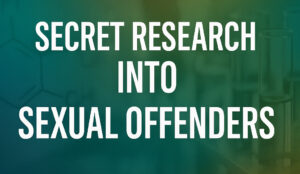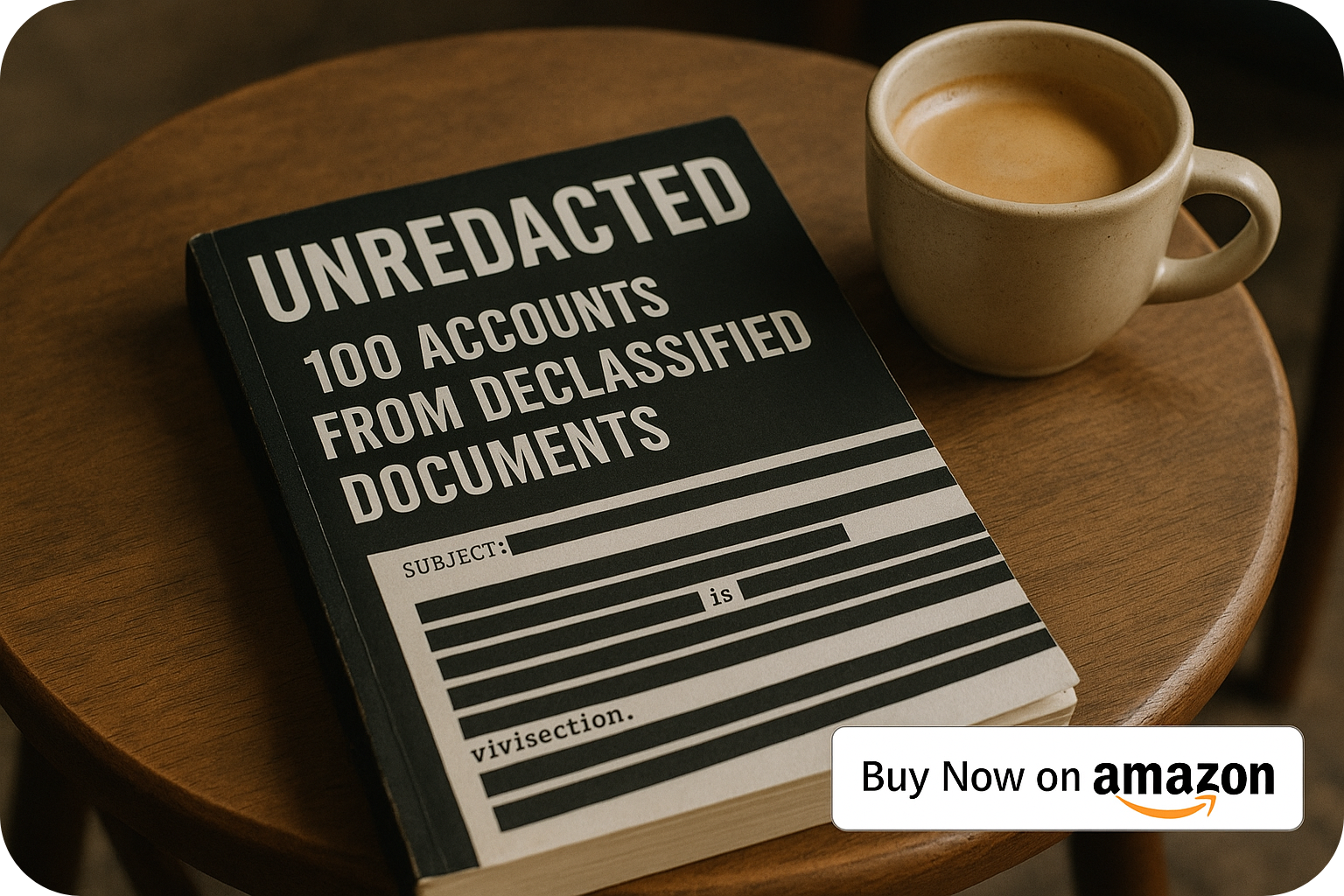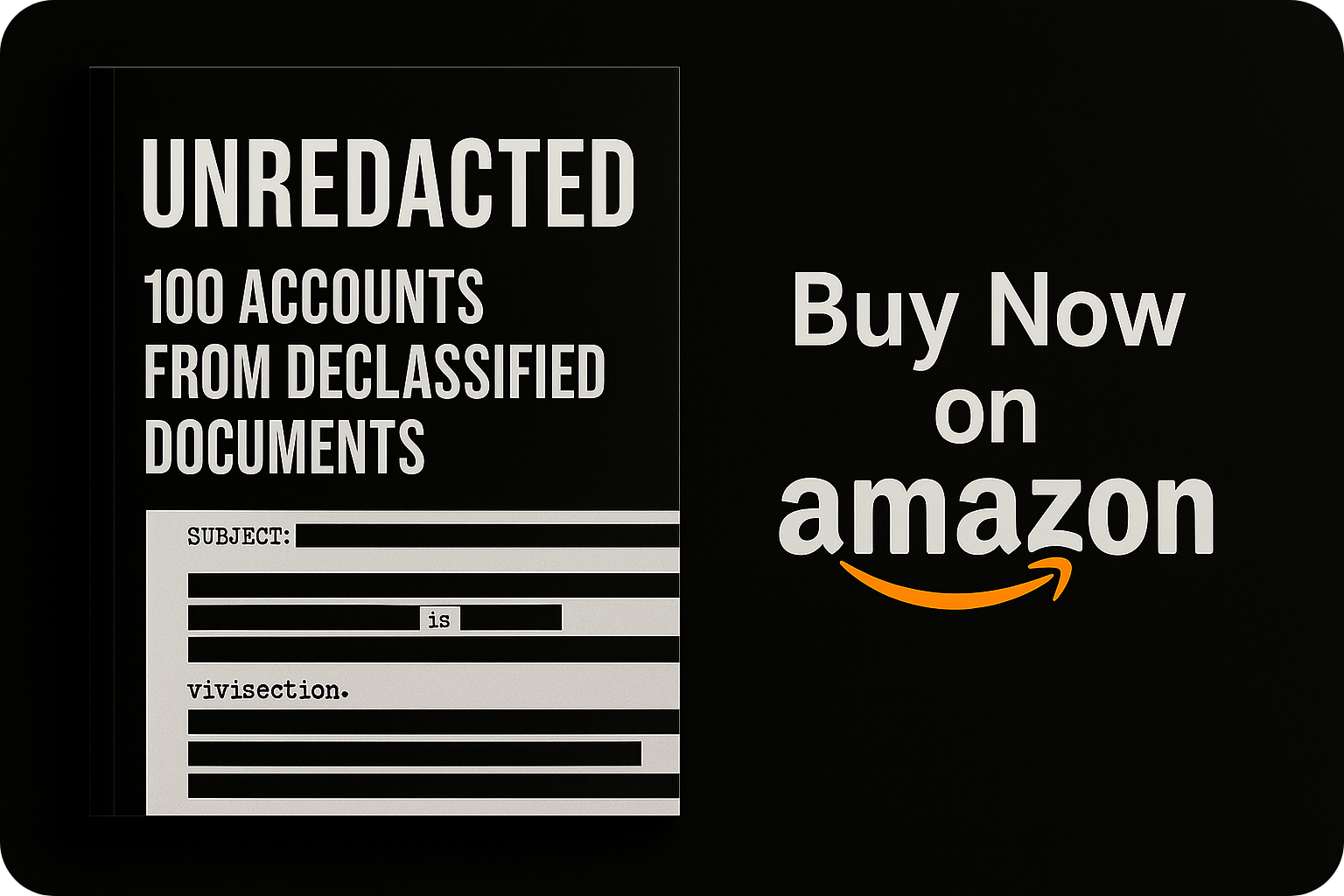A long-forgotten letter from a U.S. government researcher has emerged from the vaults, shedding light on a chilling experiment conducted under the banner of addiction science-but with the unmistakable fingerprints of psychedelic control.
"After three days on LSD-25, the subjects’ response levels plummeted-an unmistakable sign of rapid tolerance."
- Dr. Harris Isbell, Addiction Research Center, Lexington
The year was 1955. Eleven men-initially anonymous, now ghosts-were administered measured doses of LSD-25 in a carefully monitored setting at the U.S. Public Health Service Hospital in Lexington, Kentucky.
The goal?
To measure tolerance.
It worked.
📉 98 Symptoms Down to 22-The Numbers Don’t Lie
"Patients gave an average of 98 positive responses after three days on water. After three days of LSD-25? Just 22."
- Internal lab notes, NIMH
Subjects first underwent a placebo phase, receiving water for several days. Then, over a strict regimen, they ingested LSD-25 twice daily in escalating doses, culminating in a 75 mcg challenge.
Their psychological and behavioral symptoms were meticulously recorded by researchers-who even ranked hallucinations on a clinical scale from mild unease to full-blown psychosis.
The result: within 72 hours, the drug’s effects began to evaporate.
🚨 Not Everyone Was the Same
Of the eleven original subjects, two dropped out due to unrelated disciplinary issues. But of the remaining nine, five showed clear and significant tolerance development. A few, however, didn’t react much to LSD at all-even on the first dose.
"Tolerance was not complete in five patients… two had very little response, even initially."
- Dr. Isbell’s letter to NIMH
This hints at something even more unsettling: LSD’s unpredictability wasn’t just about dosage-it was also about the subject.
🧪 Next Up: Breaking the Tolerance Ceiling
Dr. Isbell wasn’t finished. In a chilling postscript to the letter, he outlined plans for a new protocol: escalating daily LSD doses over eight days to try and fully flatten the human brain’s resistance to the drug. And once complete?
He would try to "break through" that ceiling.
What started as a clinical study on addiction had veered into ethically gray territory-possibly even groundwork for psychological warfare. At minimum, it was a precursor to what would become the infamous MK-Ultra project.
"I believe this schedule will result in complete, rather than partial tolerance."
- Dr. Isbell
🕳️ The Paper Trail
This isn’t theory. The letter, now declassified, documents it all: the dose schedules, the questionnaire results, even the exact hallucination rankings. It’s a rare glimpse into how the U.S. government approached psychedelics not as liberation-but as control.
"Grade 4 hallucinations are quite rare in my experience… true hallucinations with insight lost."
- LSD response grading system, 1950s
The data is dry.
The implications are anything but.






